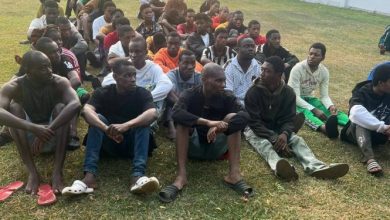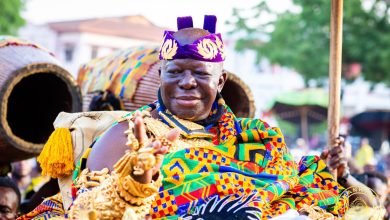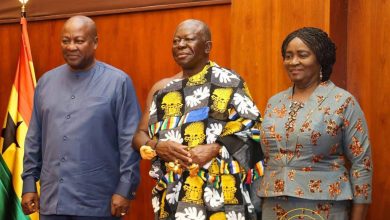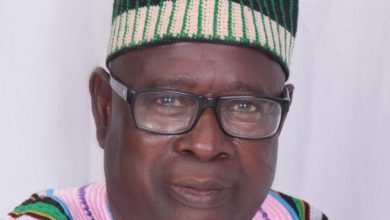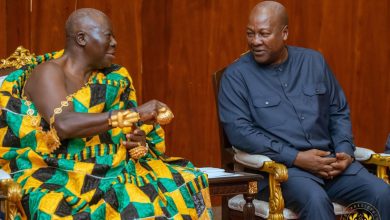Illegal miners on the loose as fight against galamsey falters
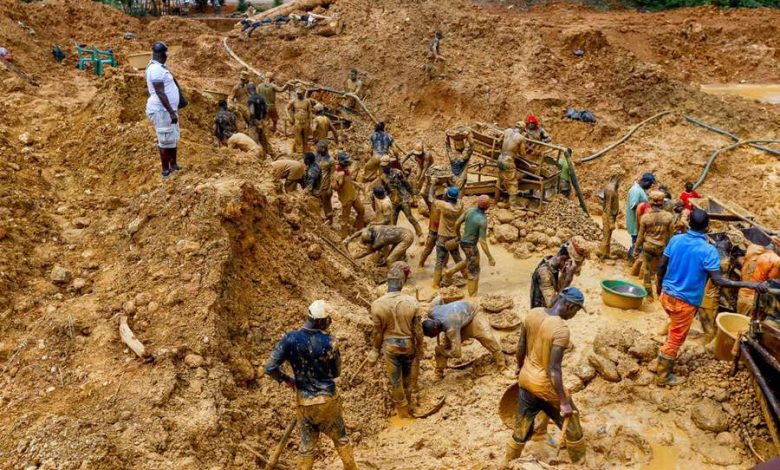
The faltering fight against illegal mining (galamsey) has heightened concerns within the water supply, cocoa and health sectors.
Experts and other officials are warning of devastating consequences if nothing is done in the shortest possible time to address the menace.
They are concerned particularly about the creeping application of mercury and cyanide in the galamsey, and the adverse effects they bring on human health and the environment.
The UN Environment Programme (UNEP) has stated that virtually all mercury used in illegal mining are released into land and water bodies.
Water situation
According to the Ghana Water Company Limited (GWCL), all rivers on which the company’s treatment plants are sited have been polluted, especially alluvial mining.
“What affects us most is alluvial mining, that is the one they do on river bodies. It comes at extra cost to the company which means the use of more chemicals, and also to find other ways of treating the water so that we can meet the standards of drinking water,” the head of public affairs of GWC, Stanley Martey said.
Standards
The GWCL’s standard of drinking water aligns with those of the World Health Organization ( WHO) and the Ghana Standards Authority (GSA), which provide that water intended for human consumption must be free from organisms and from concentrations of chemical substances that may be a hazard to health.
“In all our treatment plants, we do well to go higher than the GSA standard. We can’t go below the GSA standard,” Mr Martey stated.
“In the Ashanti Region, he mentioned the Enunu River in Konongo and the Oda River in Obuasi on which the company have treatment plants, as some of the rivers that have been polluted by illegal mining. In Upper West Region, we have a treatment plant on the Black Volta at Jambusi where water is treated to serve Wa Municipality. That is also polluted as a result of alluvial mining,” he added.
The Birim River in the Eastern Region is also polluted as a result of alluvial mining. The illegal miners use mercury and cyanide for their activities. Apart from colour changes, the contents of cyanide and mercury make the water dangerous for human consumption.
“ So we try to treat the water and to clear all those particles. Because of the development, we spend more on the treatment of the water, “the GWCL official explained.
More chemicals
Due to the high turbidity, the GWCL now uses more chemicals to treat water than before. Formerly, if the company was using a bag of chemicals for the treatment of 2000 cubic meters of water, now it uses about 5 to 10 times the quantity for the same volume of water.
Formerly, the company used aluminium sulphate in the treatment of water but due to the severe pollution of the rivers, we have gotten to a point where it had to use the polymer, which is a more concentrated and stronger chemical.
Cocoa under threat
The Ghana Cocoa Board (COCOBOD) has already expressed grave concern about the alarming rate at which cocoa farms are being destroyed by galamsey.
Somewhere in 2022, the Chief Executive of COCOBOD, Joseph Boahen Aidoo, said more than 19,000 hectares of cocoa farms had either been destroyed or affected by galamsey activities, leading to loss of income to farmers and investments by the board and the country at large.
In a presentation made to the members of the boards of directors of COCOBOD and the Minerals Commission at a joint board meeting to find lasting solutions to the problem, Mr Aidoo stated that the destruction of cocoa farms through galamsey was pronounced in the Eastern, Western and Ashanti regions, from where more than 90 per cent of the country’s total cocoa production comes.
EU position on cocoa
In 2001, COCOBOD warned that the European Union (EU) had threatened to restrict cocoa from Ghana due to the environmental effects of illegal mining.
Media reports mentioned the Deputy Chief Executive in charge of Agronomy and Quality Control at COCOBOD, Dr Emmanuel Agyemang Dwomoh, as warning that if the EU carried out its threat, Ghana’s cocoa sector would suffer since about 80% of the country’s produce was exported to EU countries.
Legislation passed in December, 2022 by the EU parliament seeks to ban some commodities linked to deforestation, including cocoa, coffee, soya, and beef. But, the EU Ambassador to Ghana, Irchad Razaarly, recently allayed some fears about the reported threat to ban Ghana’s cocoa.
Speaking at the second Edition of Orange Cocoa Day 2022 in Accra, he said the EU legislation must not be seen as a threat to Ghana’s cocoa sector.
“The call for more sustainable cocoa production is growing globally. And our citizens in Europe are increasingly demanding measures for ensuring that cocoa and other commodities are produced in a socially environmental sustainable way. This explains EU’s legislation on afforestation and forest degradation and must not be seen as a threat to Ghana’s cocoa.”
Health hazards
Experts have consistently raised concerns about the effects of galamsey on the health of people. Recently, a Consultant Pathologist at the Komfo Anokye Teaching Hospital (KATH), Prof. Paul Ossei Poku Sampene, revealed that exposure to heavy metals pollution, especially mercury and lead is causing maternal and associated adverse birth outcomes in not only galamsey-prone areas but adjoining communities.
Prof. Sampene who is also an Associate Professor at the Department of Pathology of the School of Medical Sciences, Kwame Nkrumah University of Science and Technology (KNUST) said a case study he undertook in Dunkwa-on-Offin in the Central Region, the Bibiani Government Hospital in the Western Region, and the St. Martin’s Hospital at Agroyesum in the Ashanti Region revealed complications in pregnancies and child deformities, which were related to contact with mercury and lead used by illegal miners.

